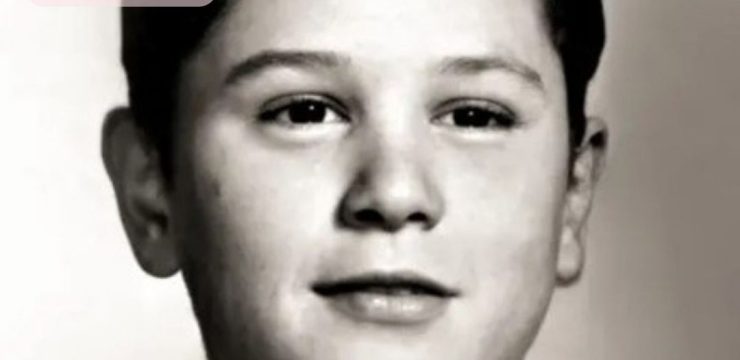Ursula Andress, a Swiss-American actress, is widely regarded as one of the most iconic figures in film history, known especially for her groundbreaking role as the first Bond girl. Born on March 19, 1936, in the serene town of Ostermundigen, Switzerland, she was raised in a multilingual and culturally rich environment. Her father, a German diplomat, and her Swiss mother helped nurture a sense of elegance and discipline that later contributed to her screen presence. From a young age, Andress displayed an artistic flair, a quiet charisma, and a fascination with the world of film and performance. This passion eventually led her to pursue acting, beginning her formal training at the Max Reinhardt Seminar in Vienna—an institution known for producing some of Europe’s finest performers.
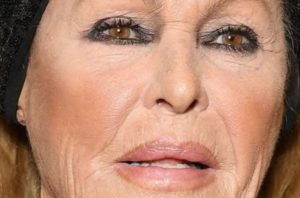
Following her time in Vienna, she moved to Paris, immersing herself in the vibrant artistic culture of the city. Although she faced the usual struggles that come with entering a competitive industry, her unique blend of beauty, mystery, and ambition soon helped her land small parts in European films. While these early roles did not make a significant splash in the film world, they gave her a much-needed start and prepared her for the opportunity of a lifetime that would come just a few years later.
In 1962, Andress’s life and career changed forever when she was cast as “Honey Ryder” in the film Dr. No—the very first movie in what would become the iconic James Bond franchise. Her entrance in the film is etched in cinematic history: emerging from the ocean in a white bikini with a dagger at her side, Andress captivated audiences around the globe. That moment, simple in its staging yet powerful in its imagery, became one of the most replayed and discussed scenes in film history. It not only launched her into international stardom but also established the standard for what a Bond girl could be—beautiful, mysterious, independent, and undeniably unforgettable.
Her performance as Honey Ryder was groundbreaking in many ways. While she radiated sensuality, her character also exuded strength, resourcefulness, and a quiet vulnerability that made her more than just a pretty face on screen. Andress brought a rare balance to the role, one that helped shape the template for countless Bond girls to come. Though the role required her to be alluring, she was not merely a sidekick or romantic interest; she was a central figure who left an indelible mark on both the film and the audience. For Andress, this breakout performance turned her into a household name and a global sex symbol almost overnight.
Following the success of Dr. No, Andress found herself in high demand, appearing in a wide range of films throughout the 1960s. She acted in The Blue Max (1966), a World War I drama featuring George Peppard, in which she played a general’s daughter entangled in a complex romantic triangle. She also starred in The Southern Star (1969), a comedic adventure film set in colonial West Africa. Though these films helped cement her reputation as a talented actress, none managed to eclipse the cultural and cinematic impact of her role as Honey Ryder.
Despite often being cast in roles that emphasized her beauty, Andress did her best to challenge typecasting. She sought variety in her performances and took on parts that allowed her to explore different genres and characters. One such example is the 1965 film What’s New Pussycat?, a comedy directed by Clive Donner and written by Woody Allen. The movie featured an ensemble cast including Peter Sellers and Peter O’Toole and gave Andress a chance to showcase her comedic timing and charm. That same year, she starred in The 10th Victim, an Italian science fiction film where she appeared alongside the legendary Marcello Mastroianni. In this movie, she played a glamorous and deadly woman involved in a futuristic game of survival—a far cry from the island-dwelling Honey Ryder and a testament to her acting range.
While her filmography includes a mixture of European and Hollywood productions, Andress never allowed herself to be boxed into a single category. Her versatility helped her maintain a steady presence in the industry through the late ’60s and into the ’70s. During this time, she also made the transition into television, appearing in various made-for-TV films and series. These appearances, while less high-profile than her earlier work, helped her remain visible to the public and kept her connected to the evolving world of entertainment.
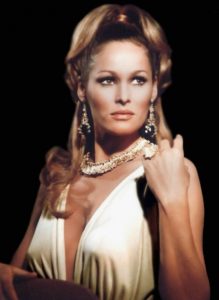
In the 1970s and 1980s, Ursula Andress’s acting career began to slow down. The film industry was changing, and the types of roles being offered to actresses like her were fewer and less dynamic than those of her earlier years. Nevertheless, she continued to appear in occasional films and TV projects, never fully disappearing from the public eye. One particularly notable film from this later period is The Earthling (1980), in which she starred alongside William Holden. The movie told the story of a terminally ill man guiding a young boy through the Australian wilderness. Andress’s role in the film was more subdued and heartfelt than the glamorous parts she had played in her earlier career, revealing a deeper emotional side that audiences hadn’t often seen.
Despite the shift away from leading roles, Andress retained a respected place in the film world. Her image remained iconic, particularly in relation to the James Bond franchise. As the years went on, retrospectives and documentaries about Bond movies frequently featured interviews with her, celebrating her pivotal role in shaping the legacy of the series. She became a staple at Bond-related events and fan conventions, often speaking fondly—though selectively—about her experiences on set and her lasting impact on the genre.
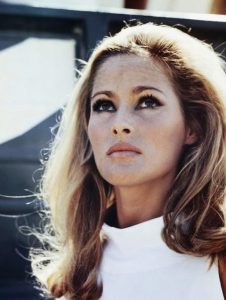
What made Andress even more fascinating to the public was her enigmatic nature. Throughout her career, she kept her private life largely out of the spotlight. While some details of her relationships—such as her romantic involvement with James Dean, John Derek, and Harry Hamlin—became public knowledge, she remained discreet and rarely shared intimate stories with the press. This sense of mystery only added to her allure, making her seem untouchable and timeless in the eyes of fans and the media alike.
Even as she stepped back from acting in her later years, Ursula Andress remained active in various ways. She participated in charity events, appeared in fashion spreads, and occasionally returned to the spotlight for interviews and award ceremonies. She also became somewhat of a cultural historian, reflecting on the changing nature of the film industry and the roles women play within it. Her perspective, shaped by decades of firsthand experience, was always thoughtful and incisive.
Andress’s legacy is most vividly felt in the way she influenced the portrayal of women in action and adventure films. Long before it became common to see strong, complex female leads in blockbuster movies, Andress’s Honey Ryder broke ground by being both sensual and self-reliant. She was not saved by Bond—she was his equal, at least in the minds of many viewers. Her impact paved the way for other actresses to take on roles that blended allure with agency, beauty with brains.
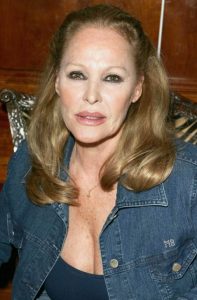
Today, even decades after her breakout role, Ursula Andress remains a beloved and revered figure in the world of cinema. Younger generations, many of whom have never seen Dr. No in theaters, still recognize that iconic image of her rising from the waves. Film scholars and fans alike point to that moment as a turning point—not only in Bond history but in pop culture as a whole. Her performance wasn’t just a reflection of the times; it helped shape them.
In a career that spanned over three decades and encompassed both Hollywood glamour and European artistry, Ursula Andress managed to do what few can: she became a legend. Whether appearing on the cover of magazines, walking red carpets, or simply living quietly away from the public gaze, she did so with a grace and dignity that made her unforgettable. She inspired not just admiration but aspiration—an emblem of beauty, talent, and self-assurance.
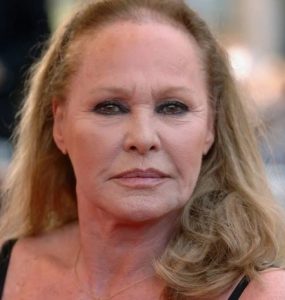
As time goes on and new Bond girls grace the screen, comparisons will always be made. And yet, for many, there is only one Honey Ryder—only one Ursula Andress—whose impact will never fade. Her contribution to film and her unique place in the hearts of fans around the world ensures that she will forever be remembered as a symbol of cinematic elegance and strength.
From the shores of a fictional Caribbean island to the heights of Hollywood stardom, Ursula Andress carved out a place in history that no one else could fill. She wasn’t just the first Bond girl—she was, and still is, the gold standard by which all others are measured. And in that legacy, she continues to shine.

